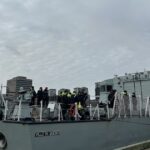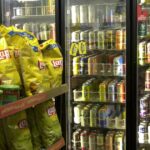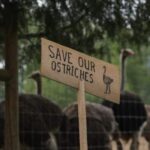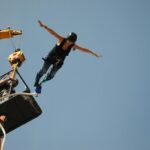In an unprecedented move that has captured attention across British Columbia’s coastal communities, federal fisheries officials have launched an investigation into a small artificial island constructed by a First Nation in the province’s southern waters. What began as a community initiative has now evolved into a complex examination of Indigenous rights, environmental protection, and regulatory jurisdiction.
The Penelakut Tribe initiated the island-building project last month near their traditional territory in the Gulf Islands, using boulders and fill material to create a platform measuring approximately 40 meters in circumference. Tribal representatives maintain the structure is meant to serve as a haven for traditional fishing practices and cultural ceremonies – activities central to their identity and constitutionally protected rights.
“This island represents a reconnection to waters our people have stewarded for thousands of years,” explained Chief Joan Brown of the Penelakut Tribe. “We designed it specifically to minimize environmental impact while providing our community a place to practice traditions that have sustained us for generations.”
Fisheries and Oceans Canada officials, however, have expressed concern about potential damage to sensitive marine habitats. Department spokesperson James Thornton confirmed that environmental assessment teams have been dispatched to evaluate whether the construction has affected local eelgrass beds, clam habitats, or fish spawning grounds.
“Our primary concern is protecting critical marine ecosystems while respecting Indigenous rights,” Thornton stated. “We’re gathering scientific evidence to determine if remediation measures might be necessary or if the project can proceed with modifications.”
Legal experts suggest this case highlights the ongoing tension between federal regulatory frameworks and Indigenous rights as defined in Section 35 of the Constitution Act. Professor Elaine Thompson, an Indigenous law specialist at the University of British Columbia, points to the complexity of the situation.
“First Nations have established rights to fish for food, social, and ceremonial purposes,” Thompson explained. “However, these rights exist within environmental protection regimes that apply to all Canadians. The challenge is finding the appropriate balance that respects both imperatives.”
Environmental assessments conducted by independent marine biologists indicate that while the immediate area shows signs of disruption, the long-term impact remains uncertain. Dr. Marcus Chen, who specializes in coastal ecosystem dynamics, suggests the structure could potentially create new habitat opportunities if properly designed.
“Artificial structures can sometimes enhance marine biodiversity by providing new surfaces for attachment organisms and shelter for juvenile fish,” Chen noted. “The question is whether this particular configuration and location is appropriate for the local ecosystem.”
The Penelakut Tribe has initiated dialogue with federal officials, proposing modifications that would enhance the ecological function of the island. These include incorporating submerged structures specifically designed to support marine life and establishing a monitoring program to track environmental effects.
This incident mirrors similar jurisdictional challenges faced by coastal First Nations across Canada as they assert traditional practices within modern regulatory frameworks. The resolution may establish important precedents for how Indigenous communities can exercise their rights while addressing legitimate environmental concerns.
As federal and tribal representatives prepare for formal consultations next week, the fundamental question emerges: How can Canada reconcile its commitment to Indigenous sovereignty with its responsibility to protect shared natural resources for future generations?

























